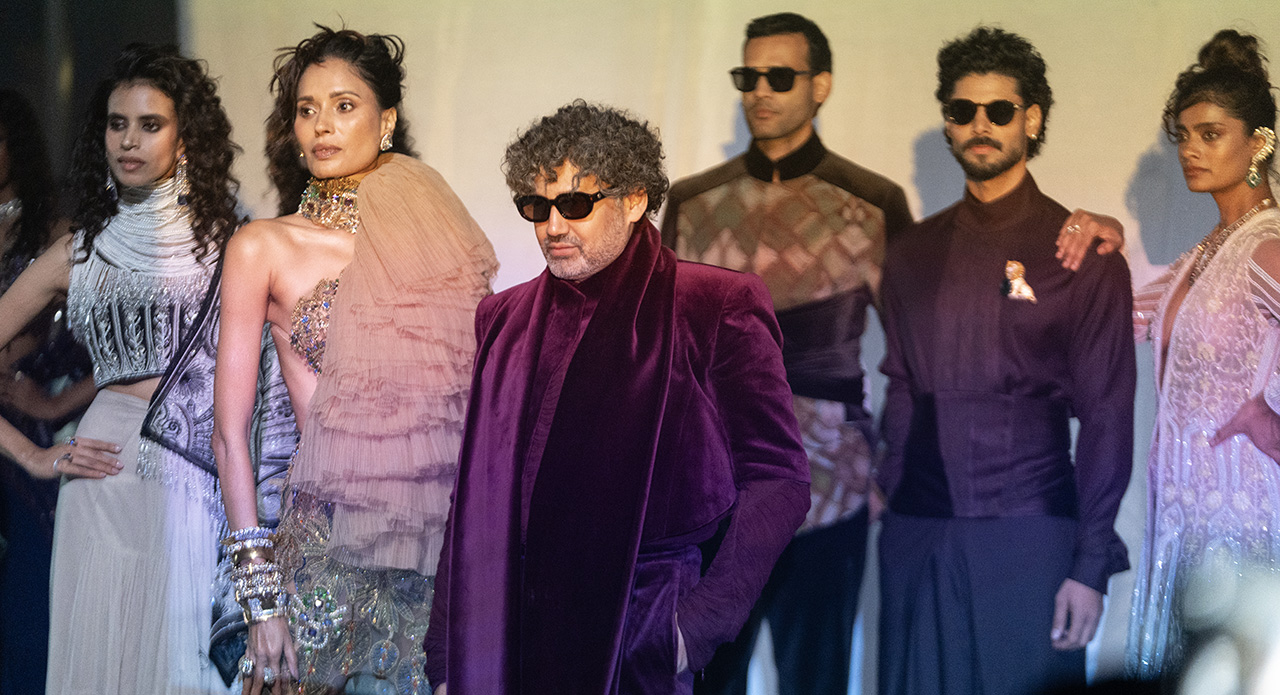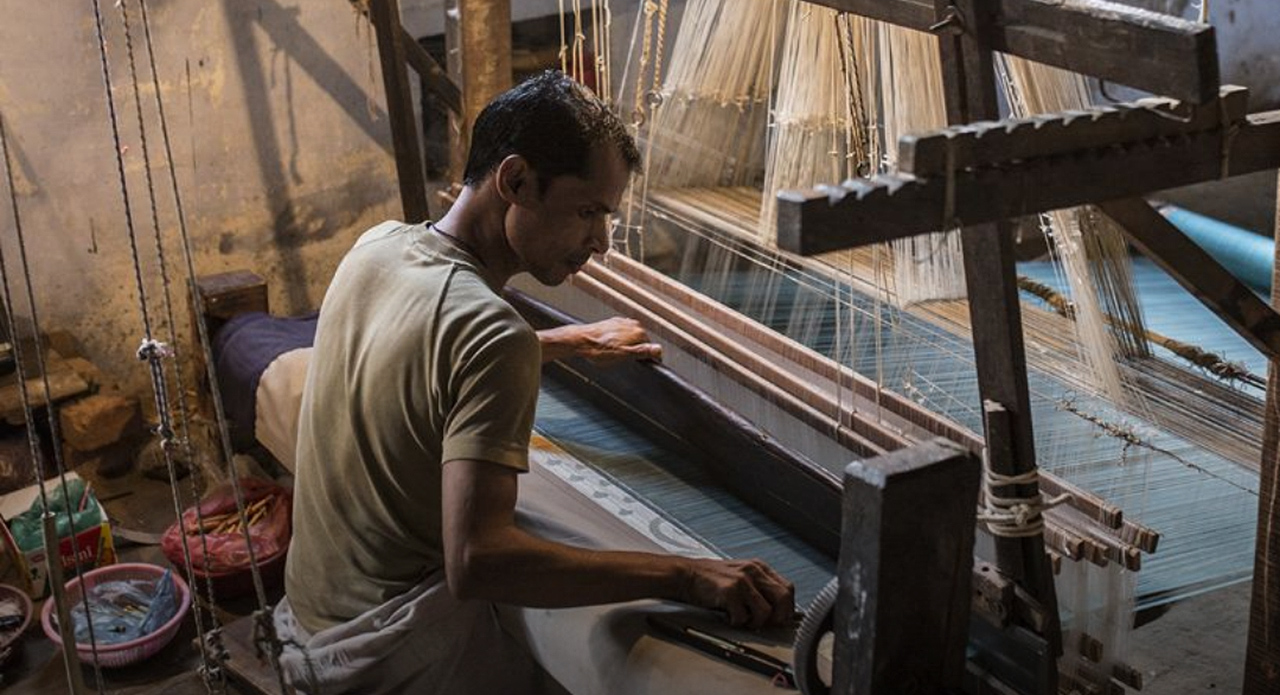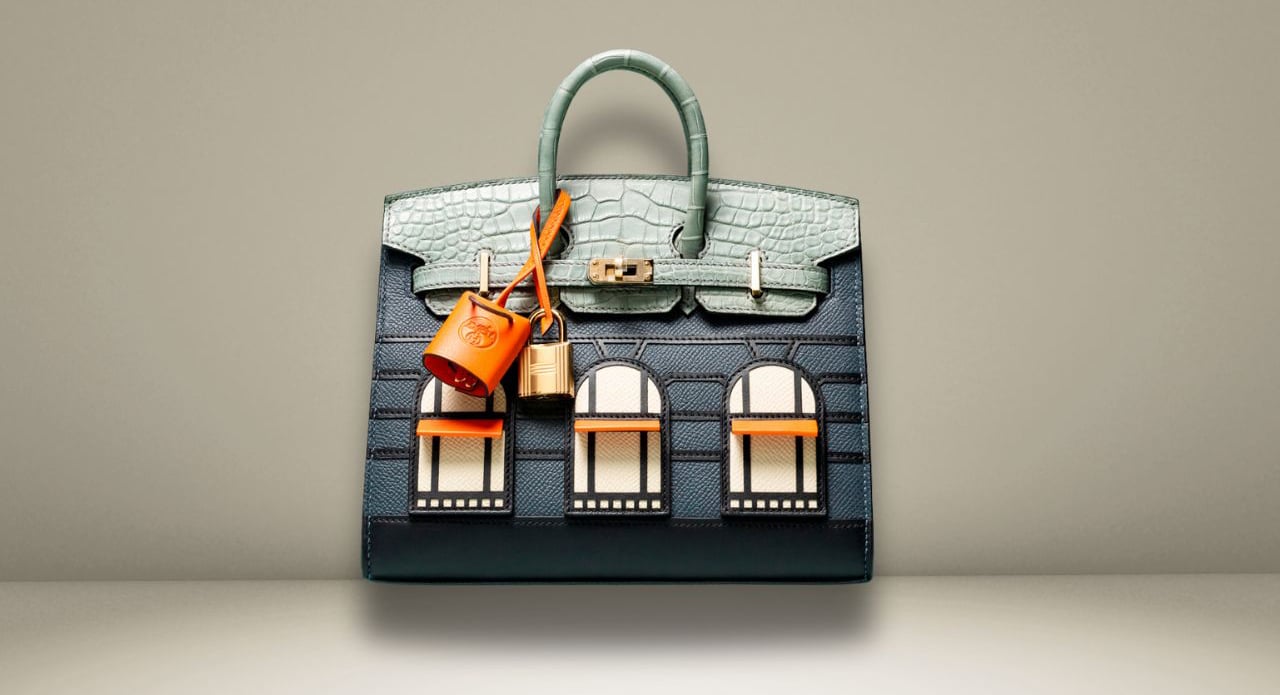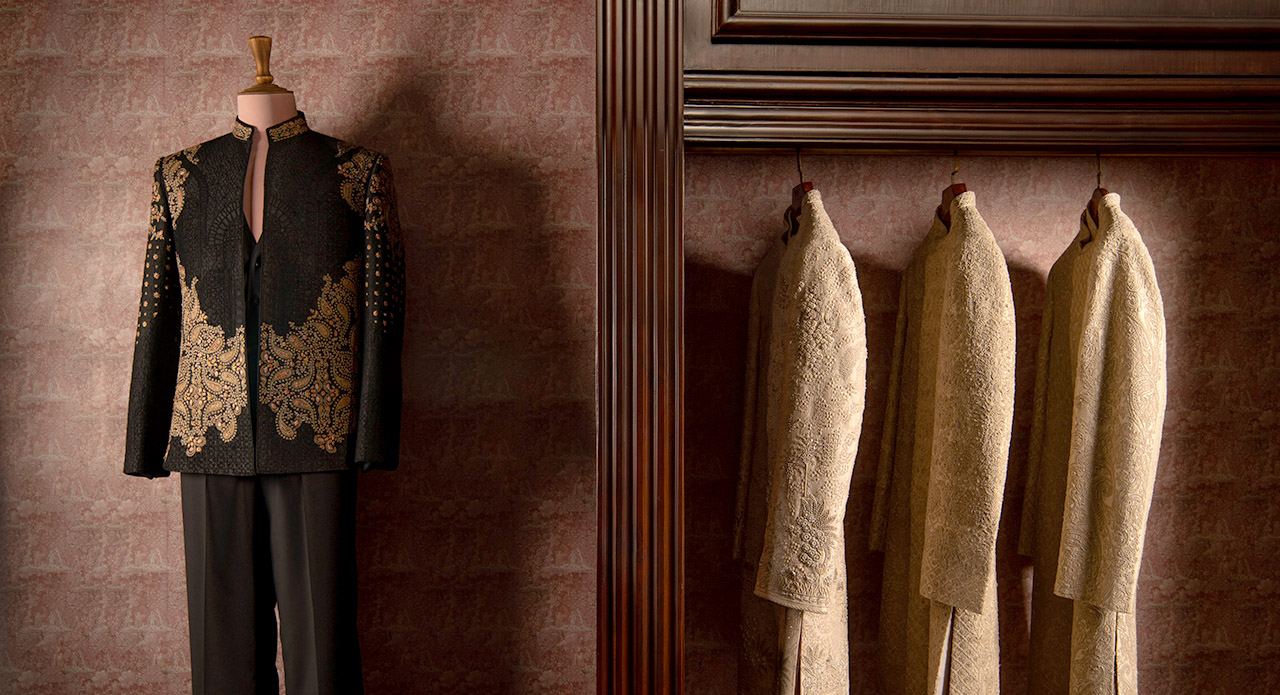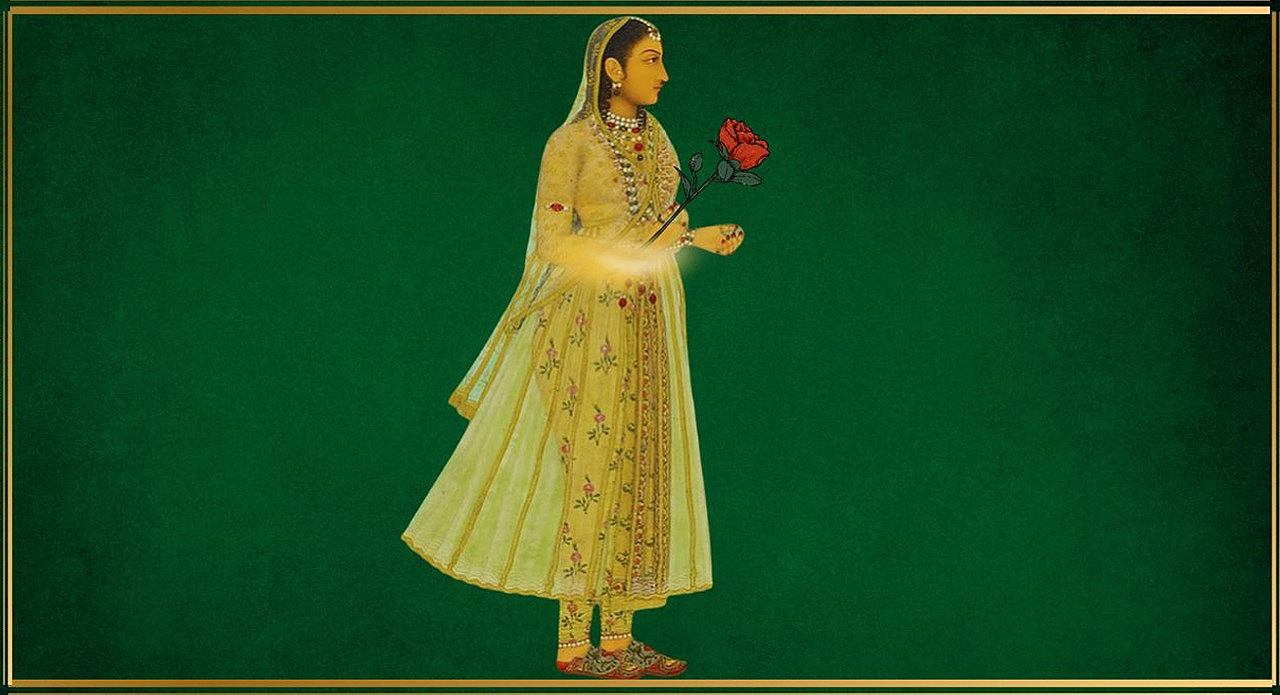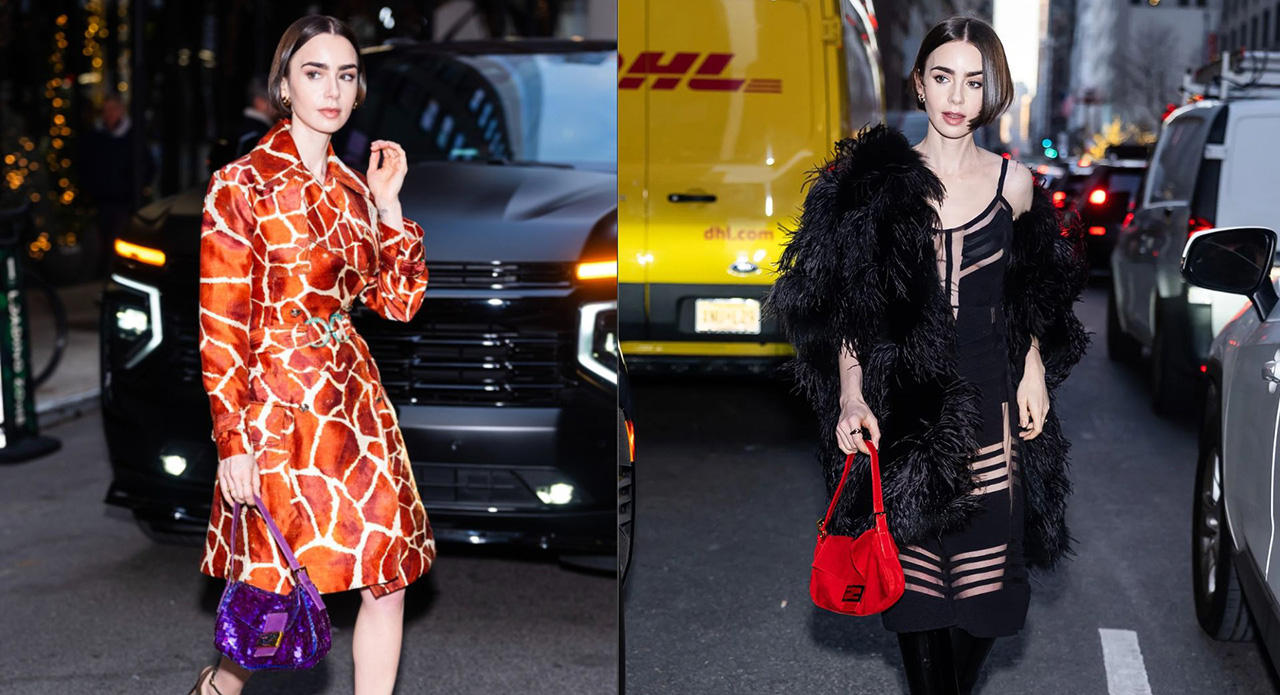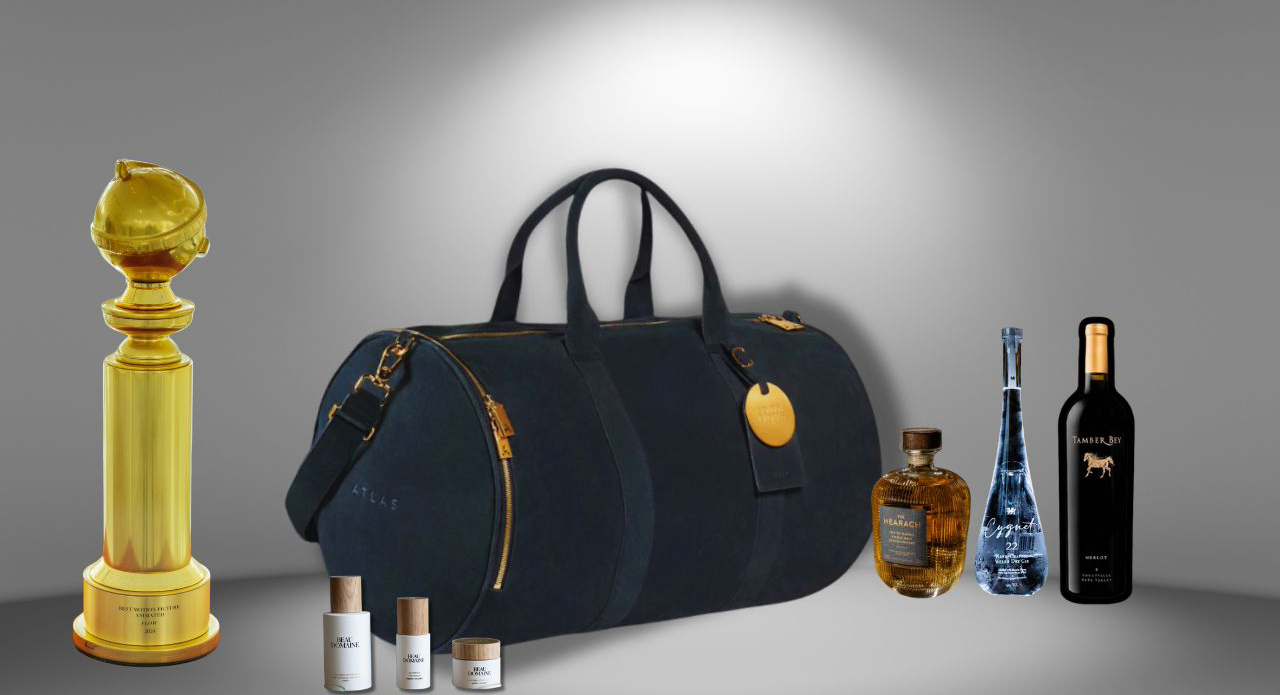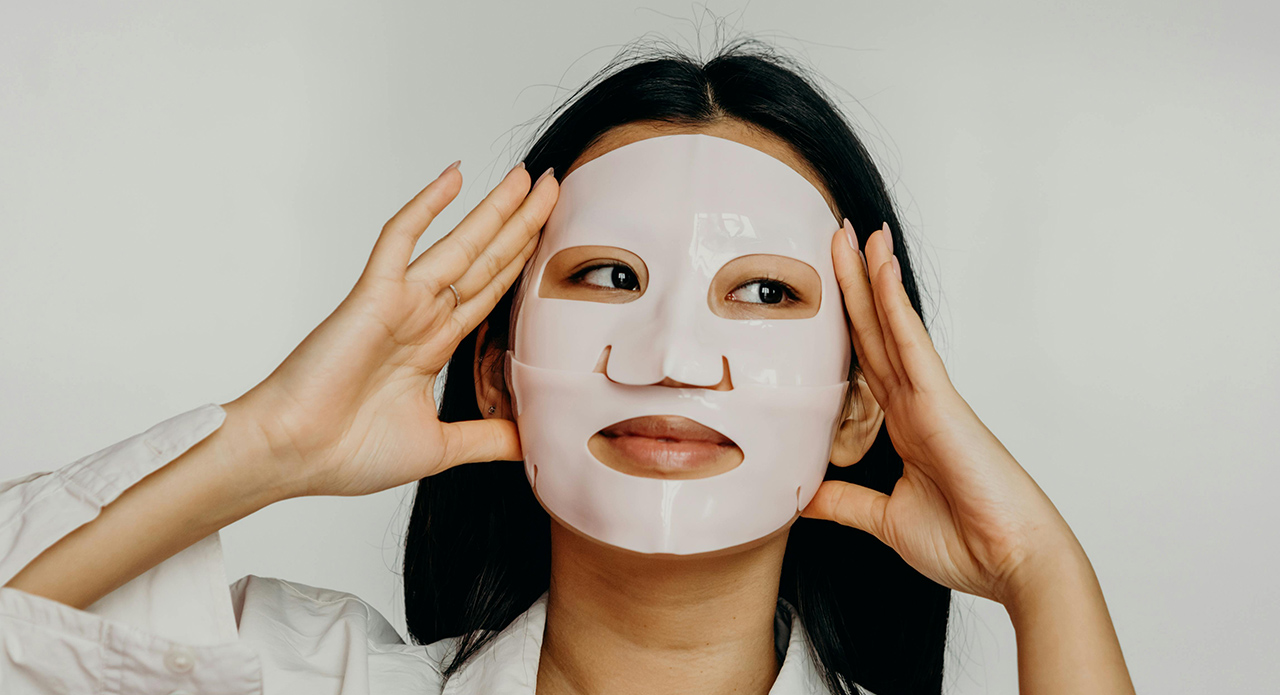Circa 2000, when India Fashion Week’s debut was a watershed moment in India’s fashion history, bringing designers close and Indian fashion to a worldwide audience. Raghavendra Rathore was among the biggest voices at that inaugural moment. 25 years on, Rathore has consistently advocated a fashion concept that blends traditional nuance with contemporary elegance. He is well-known for revolutionising Indian menswear with his signature Bandhgalas and subtle luxury. From the raw intensity of the first runway shows to India’s rise as a global design voice, he considers the profound changes in Indian fashion over the past 25 years in this exclusive interview with Outlook Luxe.
Excerpts from the interview:
When you participated in the first-ever India Fashion Week in 2000, did you anticipate that it would become such a defining moment for Indian fashion?
The desire to unite the industry was so powerful that concerns around fear, innovation, financial planning, and even the presentation of collections became secondary. The first-ever Lakme India Fashion Week came together through sheer collective effort. It was a landmark event, with the trio of Tarun Tahiliani, Wendell Rodricks and the Raghavendra Rathore Jodhpur brand setting the tone for the ‘Grand Finale’—an epochal moment in the history of Indian fashion. The instrumental role of Ravi Krishnan and Zubin Sarkari of IMG and Anil Chopra of Lakmé, along with the vision of then FDCI head Sumeet Nair, made it a truly historic beginning.
Over the years, Indian fashion has evolved from being primarily craft-driven to a structured industry with global aspirations. What do you think were the defining moments in this transformation?
Like every fashion ecosystem, the journey from a cottage industry mindset to a corporate structure happened organically. Global trends like sustainability and building lean, impactful businesses have played a pivotal role in driving this transformation. In the last few years, we’ve seen a revolution unlike any other in the three decades of India’s fashion journey.

Your signature style has redefined Indian menswear by blending heritage with modern tailoring. How do you see the global perception of Indian menswear evolving in the next decade?
Indian menswear, once considered a lesser counterpart to womenswear, has seen a powerful shift in narrative. Today’s modern Indian man, inspired by a proud India moment, has driven creativity and demand to newer heights. There is a growing appetite for uniquely Indian clothing—rich in heritage yet styled for the global stage. From basic shirts to bold silhouettes, Indian men are embracing fashion with confidence, often outshining global counterparts in style and innovation.
With the rise of gender-fluid fashion and androgynous silhouettes, do you think traditional menswear is undergoing a reinvention in India?
Absolutely. The Indian menswear market today is incredibly diverse—it serves traditionalists, ethnic aficionados, party-goers, and high-fashion enthusiasts alike. The rise of social media has made it easier than ever to connect directly with audiences, which has allowed new, non-traditional brands to thrive. This inclusive environment is not only growing rapidly but also paving the way for younger designers to enter with bold ideas and fresh perspectives.
Sustainability is now a major conversation in fashion. How do you see Indian heritage textiles and craftsmanship playing a role in this movement?
At the heart of sustainability is awareness—and our heritage textiles embody that beautifully. These crafts, often handmade and community-driven, naturally support a more responsible form of consumption. Indian sustainability needs to be redefined, as it’s often misunderstood. Brands like Fabindia, pioneers of this ethos for over 40 years, should be acknowledged for laying the foundation on which the new generation of designers can build.

As Indian fashion enters its next chapter, what are some trends or innovations you believe will shape its future on a global scale?
Brands that have aligned with corporate support will continue to grow into global powerhouses. This creates space for younger, independent labels to emerge and follow that path. The ‘Make in India’ movement, paired with a practical approach to sustainability, will shape consumer expectations and drive our global identity toward a more mindful and responsible future.
You often speak about design as a form of cultural diplomacy. How do you think fashion can represent India on a global stage beyond just aesthetics?
India is evolving from a manufacturing hub into a creative leader. Designers today have the opportunity to impact not just fashion, but also policy, governance and rural empowerment. With the vast potential of handmade products and inclusive practices, Indian fashion can shape global discourse—not just through design, but through its values and vision.
The Bandhgala has become synonymous with your brand. How do you continue to innovate with a silhouette so steeped in heritage?
Innovation began nearly two decades ago when we re-imagined the signature Bandhgala with the introduction of the signature collar tab—a detail that became the global identifier for the Raghavendra Rathore Jodhpur Bandhgala (and subtly modernised the classic Bandhgala). Each season, we evolve the design through bespoke details, custom linings and exquisite fabrics. While the classic Bandhgala holds its place, clients seek evolved avatars of this elegant silhouette in the forms of safari-inspired looks or ornamental versions of the same. It’s a tribute to my great-grandfather, who was instrumental in its origins. Our design process is democratic in spirit – it is rooted in heritage whereby this timeless piece continues to adapt with each generation while preserving its rich legacy.
What role has storytelling played in the way you position your brand — both in India and internationally?
Our story is deeply rooted in reviving heritage garments once worn by the royal family of Jodhpur. To evolve that narrative into one of the most luxurious and sustainable brands in the world—emerging from a small desert town—is a powerful story. It’s one that resonates with our partners, like Reliance Brands, and is a testament to the strength of authenticity.
You’ve collaborated with international platforms and brands over the years. What makes a meaningful collaboration for you?
A meaningful collaboration is one that feels equal—where both brands enhance each other rather than overshadow. The goal is to respect each other’s legacy, connect with a shared audience, and build something timeless, not trendy.




